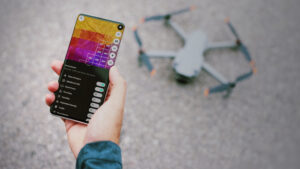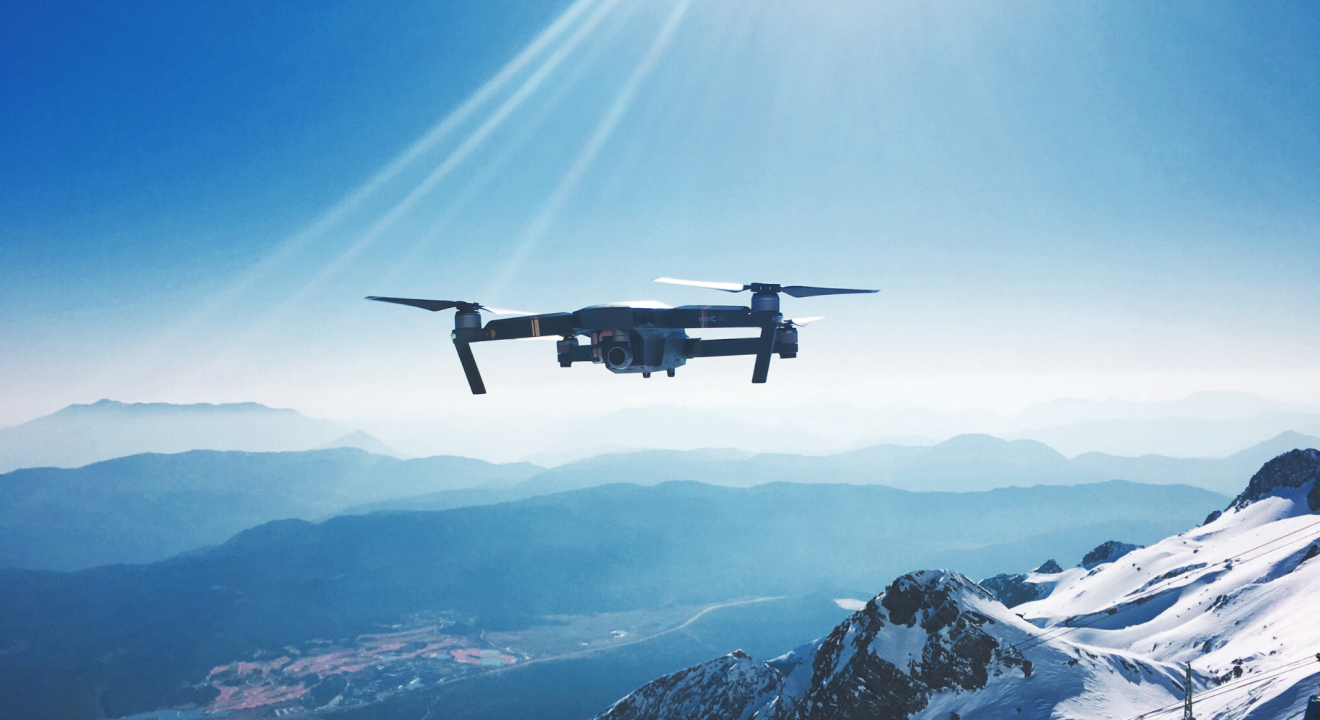Getting started as a new drone pilot can be intimidating. There are a lot of FAA drone rules and best practices to follow that often use confusing language and change on a regular basis. To clear up some of the confusion, we’re kicking off a new series to help pilots avoid the top drone mistakes in 2021 and beyond. No matter if you’re a new drone hobbyist or an experienced commercial pilot, this series will be a good reminder of what NOT to do when operating drones.
In Part 1, we’re focused on the misconceptions around the new FAA drone rules, including operations over people, vehicles, and at night.
Mistake 1: Flying directly over people with exposed propellers
You may have heard the news that the FAA will allow drones to fly over people without a waiver, but keep in mind this rule is limited to certain conditions. There are four different categories of aircraft eligibility, and in all cases, the drone must contain no exposed rotating parts that could lacerate human skin. Drones with propeller guards are eligible as long as they prevent the blades from causing lacerations.
The total drone weight must also be 0.55 pounds or less. If the drone weighs more than 0.55 pounds, additional conditions are required, such as a declaration of compliance, label requirements, and potential injury limitations.
Mistake 2: Flying over moving vehicles for a sustained timeframe
The FAA also announced drones can now fly over moving vehicles under certain conditions. For starters, drones must meet the same requirements for flying over people. The drone must also remain within a closed/restricted access site where everyone is on notice that an unmanned aircraft may fly over their vehicle.
If you’re not within a closed/restricted access site, drones are not permitted to maintain sustained flight over moving vehicles. Sustained flight is defined as hovering, flying back and forth, or circling the area. That means drones can still briefly fly over moving vehicles if they’re in transit to another location. These new rules will be effective 60 days after the FAA’s official publication, so likely March 2021.
Mistake 3: Flying at night without anti-collision lights & proper training
Flying at night was also permitted by the new FAA drone rules, but drones must have a flashing anti-collision light that’s visible for at least 3 statute miles. It’s also required for drone operators to complete a Part 107 knowledge test or recurrent online training for those who already completed the initial test. The FAA is currently updating the testing and training materials to add new information about night operations.
Mistake 4: Flying commercially without proof of your Remote Pilot Certificate
A Remote Pilot Certificate (a.k.a. a drone license) is required to operate drones under the FAA’s Part 107 rules, which are primarily meant for operators flying for business, a commercial enterprise, nonprofit work, or for educational purposes. Keep in mind that any drone operation that results in direct compensation or used to advance any business can be considered commercial use and will require a drone license.
The new FAA drone rules require Part 107 pilots to have their certification in possession when operating drones. To obtain a certificate, drone operators must pass an initial in-person knowledge test. Pilots are no longer required to pass a recurrent knowledge test every 24 months, which previously cost $160. Instead, the FAA plans to offer a free online recurrent training, which will be required to fly at night. This training is expected to be available at faasafety.gov in March 2021.
Mistake 5: Flying without registering your drone
All drone pilots are required to register their drone with the FAA, unless it weighs 0.55 pounds or less and is flown exclusively under the rules for recreational flyers. Registration costs $5 and is valid for 3 years. It can be done via the FAA DroneZone website. Once complete, pilots are required to label their drone with the registration number.
Stay tuned for Part 2 where we’ll focus on the top drone mistakes when flying near restricted areas. In the meantime, check out our new drone app to help simplify compliance when planning your flights.


